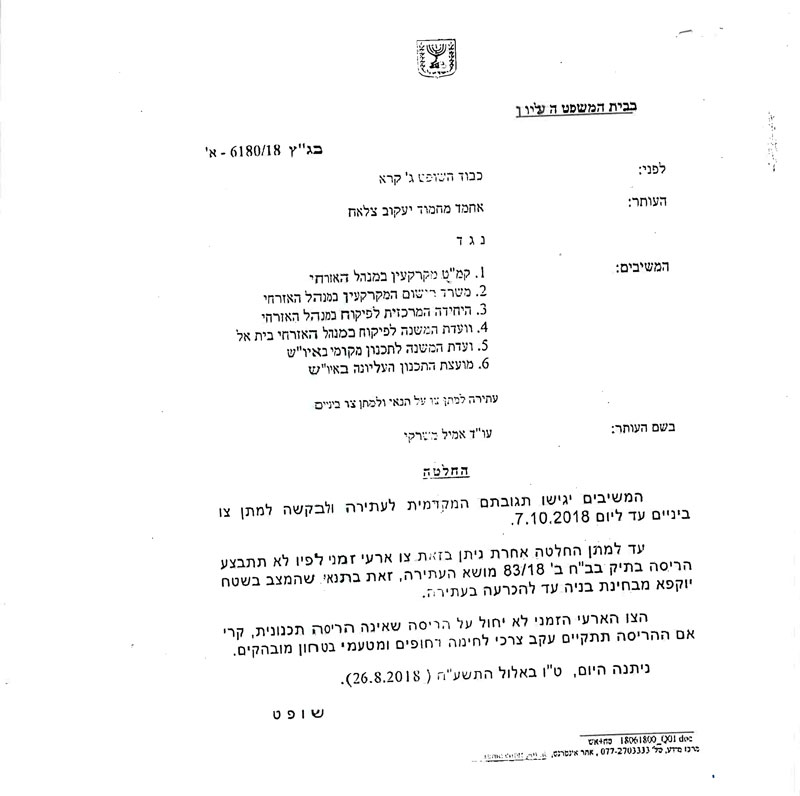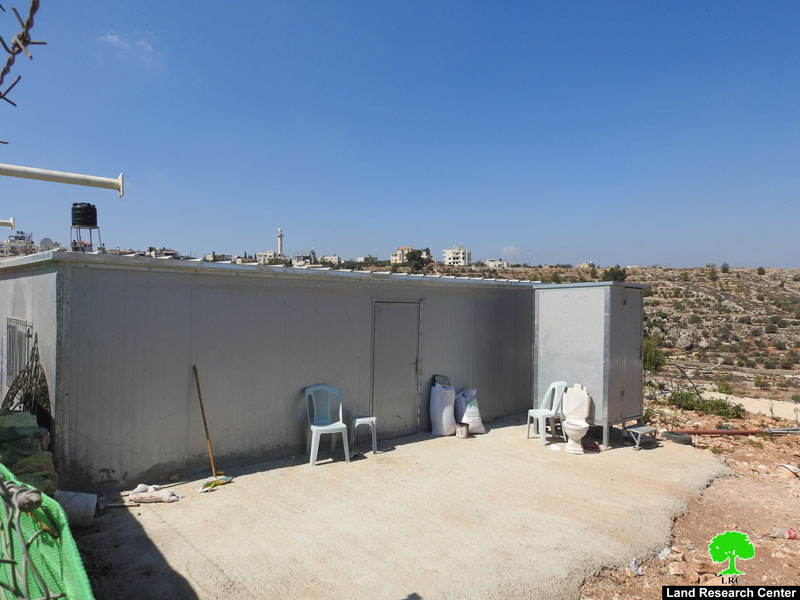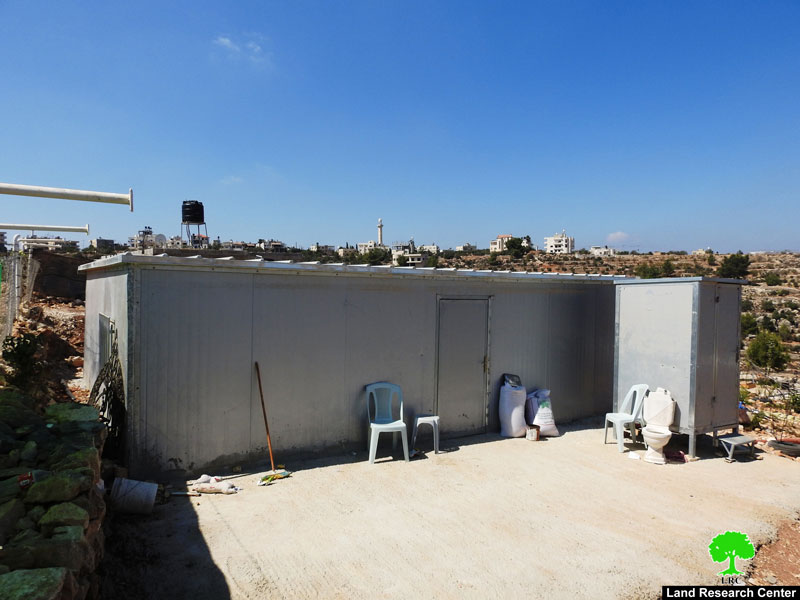Related
The occupation targets Villager Abu Hartheyeh with several assaults/ Bethlehem governorate
Violation: threatens to remove a residential barracks.
Location: Battir town/ Bethlehem governorate.
Date: August 26 /2018.
Perpetrator: The Israeli occupation army forces.
Victim: Raed Abu Hartheyeh’s family.
Description:
The Israeli occupation army raided Battir town, and served a military- order to Villager Raed Abu Hartheyeh to remove his residential barracks claiming that it is built on an “Israeli state’s property”.
The Barracks was granted by the Colonization and Wall Resistance Commission as a temporal residence, after the occupation demolished his house in July 2 /2018.
The military order said that the barracks will be removed in October 07 /2018. The family communicated with a human-rights institution to follow up the case in the Israeli court.
Affected villager Abu-Hartheyeh told LRC observer:
“This barracks is a temporal residence until I rebuild my house as it was demolished by the occupation, even though it is not what we wish for, we are ready to live in it in order to protect our land from the occupation”
The following table provides more information about the affected family:
| name | Number of family members | children | Area | Status of the building |
| Raed Abu Hartheyeh | 6 | 4 | 120 m2 | inhabited |
The targeted barracks

The military order
About Battir [1]:
The village is located 7km to the western side of Bethlehem. It is edged by the occupied lands of 1948 from the north and west, al-Walaja village from the northeast, and Husan village from the south.
Battir has a total population of 4696 people until 2017 and has a total land area of 6681 dunum, 832 of which are built-up area.
Oslo Accords divided the lands of Battir as follows:
1467 dunums are classified as area B
5214 dunums are classified as area C
[1] GIS-LRC
The contents of this document is the sole responsibility of LRC and can under no circumstances be regarded as reflecting the position of the European Union



